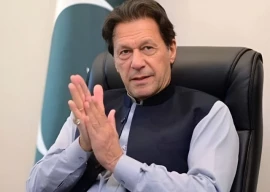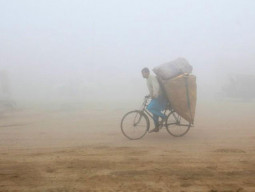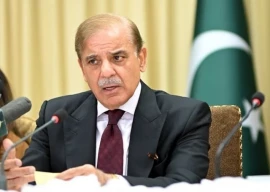
The inability of successive regimes to increase capacity, irregularities in state institutions, outdated and outmoded business processes and distribution losses and power theft are some of the reasons which have led to such appalling state of affairs. The purpose of this article is not to pin blame on any regime or ruler. What would be more productive in the current scenario, I believe, is to search for solutions, both long- and short-term, which may ameliorate the pain somewhat.
There is no turning away from the fact that the country needs to install more power generation units in order to meet the rising needs of residential and industrial users. These include both conventional and alternative sources of power. I also understand that this cannot take place in the blink of an eye. The commissioning of power plants is a necessary albeit long-term solution. In the short run, the government can look to address what is known conveniently as “line losses” and revamp its business processes in light of established best practices to improve billing and collection of dues.
According to a report in this newspaper (October 22, 2010), the government initiated the Electricity Distribution and Transmission Improvement Project in 2008 with World Bank assistance amounting to $310 million. The aim of the project was to improve efficiency in four power distribution companies, namely Islamabad Electric Supply Company (Iesco), Lahore Electric Supply Company (Lesco), Multan Electric Supply Company (Mesco) and Hyderabad Electric Supply Company (Hesco). However, instead of achieving the desired results, the arrears of the said companies have piled up and line losses of two companies have increased. According to the World Bank’s diplomatically worded evaluation, the results of the project have been “moderately satisfactory.” One glance at the figures and it becomes apparent that the results have been conspicuously unsatisfactory. Lesco’s line losses, says the report, increased from 12.8 per cent to 13.75 per cent, whereas its collection went down from 99 per cent to 93 per cent. Mesco’s line losses increased from 18.7 per cent to 19 per cent and collection dipped from 99 per cent to 94 per cent. Iesco was able to control its line losses which decreased from 12.2 per cent to 9.8 per cent. However, its collection dropped from 98 per cent to 94 per cent. Hesco’s staggering line losses of 37 per cent decreased to a still worrisome 34.8% but its collection dropped from 86 per cent to a paltry 60 per cent. To put things in perspective, it is important to consider the statement of the Water and Power Minister himself quoted in this newspaper on April 14, last year, “one per cent line losses mean a loss of 100 megawatts, which is equivalent to Rs5 billion.” According to other estimates, a one per cent line loss causes a loss of Rs6.5 billion. Even if we average out the two figures, it still comes to Rs5.75 billion!
As mentioned above, there is no other long-term solution than the installation of further capacity. However, in the short-run what needs to be addressed is the scourge of technical and non-technical losses, an euphemism for theft, a single percent of which translates into Rs5.75 billion! In this regard, the government might want to consider the example of Andhra Pradesh right next door. According to World Bank data, the Andhra Pradesh State Electricity Board (Apseb) serves 12 million customers. By 1997, due to years of financial and operational bungles, it had accumulated losses amounting to Rs40 billion. The state subsidy on electricity had ballooned to 1.6 per cent of GDP whereas the expenditure on health and education had come down from 4.7 per cent of GDP to a meagre 3.6 per cent. In 1999, only 42 per cent of the electricity flowing through the system was billed whereas the rest was accounted for as unmetered agricultural consumption or transmission and non-technical losses (read: theft). An energy audit conducted in the same year revealed these non-technical losses to be as high as 38 per cent, up from the previously assumed 18 per cent.
In light of these conditions, the state government undertook a round of ambitious reforms in 2000. These reforms aimed to strike at the heart of the problem and focused on four main points which will be discussed in the concluding part of this article.
Published in The Express Tribune, February 28th, 2011.

















COMMENTS (11)
Comments are moderated and generally will be posted if they are on-topic and not abusive.
For more information, please see our Comments FAQ